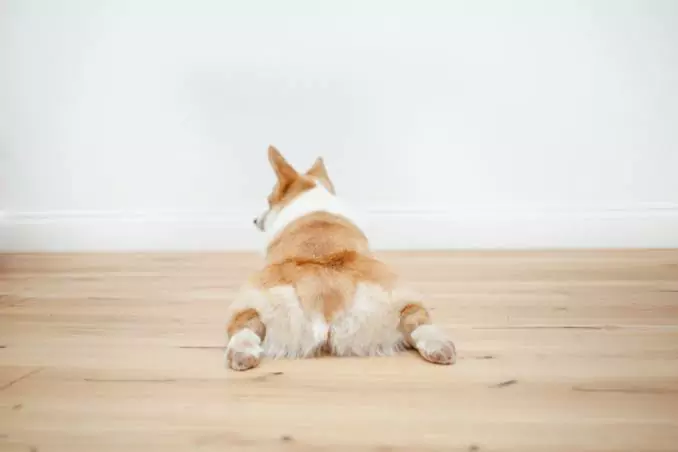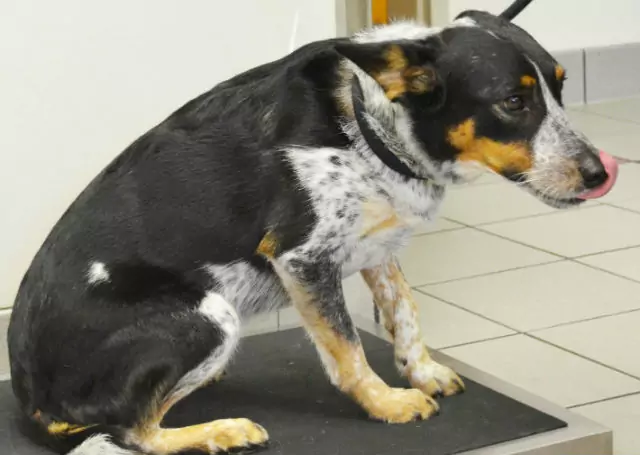How to feed a dog with diarrhea? Causes of diarrhea in dogs
2022-07-08
I. What is diarrhea?
It is having loose stools, often more frequent than normal bowel movements. The consistency of diarrhea can be thin, liquid with some sort of shape, pudding-like, or consistency that has developed but is softer than the normal consistency. Some diarrhea may contain blood or mucus.
Diarrhea can be a stand-alone symptom or can be associated with other symptoms.
Some dogs simply have diarrhea. This means they have a good appetite, do not vomit, and have lots of energy.
Other diarrhea is associated with vomiting, loss of appetite, lethargy, or weakness. In the latter case, we recommend that you take your pet to a veterinarian to help determine the underlying cause and get the dog's diarrhea treated, which would be best.
There are many causes of dog diarrhea, from very mild or minor problems to serious life-threatening issues.
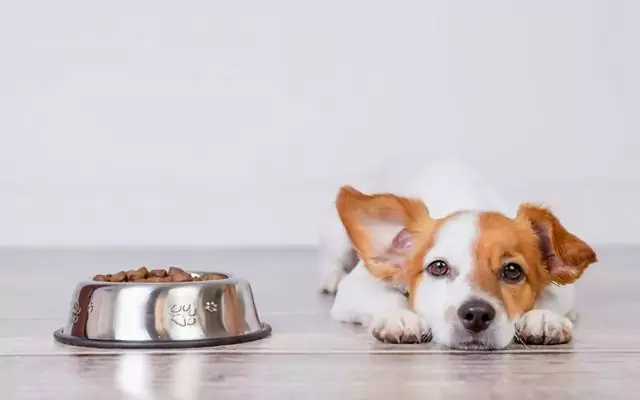
II. Causes of diarrhea in dogs
Inappropriate food or water
Eating inappropriate food or snacks
Infectious agents, such as bacterial, viral, fungal, or parasitic infections
Taking certain medications can cause diarrhea
toxins
Intussusception
Intolerance of foods in the normal diet
Intestinal obstruction can be caused by ingestion of indigestible foreign bodies, such as toys, socks, underwear, rocks, etc.
Metabolic disorders, such as liver disease or kidney disease
Pancreatitis
Some of the underlying causes of diarrhea are minor and can be resolved quickly, while others can be serious and life-threatening.
What veterinarians say: How do I treat diarrhea in dogs? How do I feed a dog with diarrhea? What to do for diarrhea in puppies?
Tips for treating dog diarrhea at home
Be especially careful when treating dog diarrhea at home.
First, it is important to consider if diarrhea is the only symptom. It is recommended that if your dog exhibits illness and other symptoms, you should seek veterinary help for a potentially life-threatening problem, and treating dog diarrhea at home is not a good idea. These symptoms include
not eating or drinking
lethargy and lack of energy
weakness in the body
concurrent vomiting
diarrhea with blood
or the dog shows any other signs of illness
Secondly, we will give you some advice below about dog diarrhea medications, it is important not to give your pet any medication without a veterinarian's recommendation.
Some human medications are not safe and may cause harm to your dog. Finally, read about what you can do at home for a dog suffering from diarrhea.
How do you feed a dog with diarrhea?
If your dog has diarrhea but is otherwise behaving normally, has lots of energy, no vomiting, weakness, lethargy, or other unusual signs, then it is usually safe to offer some water and food.
If your dog is not vomiting or otherwise behaving normally, it is recommended that water be offered.
The dietary recommendation for a dog suffering from diarrhea is to eat something easily digestible. In dogs, we call this a bland and tasteless diet. You can purchase a prescription enteral grain from your veterinarian, canned enteral, or make one at home.
You can make your diet by preparing a combination of protein sources and digestible carbohydrates. The most common recipes include a 1:1 ratio of chicken breast (as a protein source) to cooked rice (as a carbohydrate source.) You can also use potatoes as a carbohydrate substitute.
Feed only small amounts of this bland and tasteless food at a time. Many dogs will overeat and vomit. Take your time and you will minimize the possibility of other problems such as vomiting. Start with only a small serving of meatball-sized meat. If there is no vomiting, take another small amount about half to one hour later. During the first day, offer small amounts of this food every three to four hours at frequent intervals.
You can gradually increase the amount of food and decrease the frequency as the dog can tolerate this food. After 24 hours of feeding in this manner, assuming there is no vomiting or diarrhea you can begin mixing the regular food. When re-feeding your dog, move slowly. At the first feeding, add only a small amount of regular food and a portion of lighter food. Increase the amount of regular food over several feedings, allowing the dog to gradually switch to regular food over a few days.
It is also important to know what to avoid and what foods can make diarrhea worse. Avoid spicy foods, raw vegetables, human food, and anything your dog has eaten before that can cause problems. It's best to stick to a light diet.
What the vet says: How to treat diarrhea in dogs? How do I feed a dog with diarrhea? What can I do for diarrhea in a puppy?
How can I help my dog recover from diarrhea and what are the diarrhea medications?
Medications for diarrhea in dogs are an interesting and controversial topic. Some veterinarians eagerly seek out a wide variety of diarrhea medications, while others do not.
Diarrhea is nature's way of removing something from the body.
By taking medications to slow or stop diarrhea, something is retained in the body. Many experts recommend letting diarrhea happen naturally.
Many cases of diarrhea in dogs may be self-limiting and do not require treatment or medication to resolve quickly.
Other causes of diarrhea, especially those associated with infectious diseases, can benefit from medication.
To be on the safe side, if you choose to use diarrhea medications, do so under veterinary supervision.
If your dog exhibits concurrent vomiting, lethargy, or weakness, it is best to have your dog evaluated by a veterinarian.
It is also important to understand the risks of the medication and what to avoid. Unless directed by your veterinarian, it is best to avoid steroids (e.g. prednisone) and non-steroidal anti-inflammatory drugs (e.g. painkillers, meloxicam, etc.) because they can irritate the gastrointestinal tract.
The best way to treat diarrhea is to remove the known underlying cause. In many cases, diarrhea can be caused by sudden food changes, new foods, bones, and improper diet, such as dogs rummaging through garbage cans or feeding dogs human food. Eliminate all triggers.
If you start to change your dog's food to cause this diarrhea problem, then you should change back to the previous food and then gradually transition to a new food.
Three: What should I do if it's puppy diarrhea?
Depending on the age of the puppy, diarrhea can be more severe in puppies than in adult dogs. The younger the puppy, the more severe the problem. Puppies do not have energy reserves, and even mild diarrhea can lead to hypoglycemia, which can be life-threatening.
First, if we look at why puppies get diarrhea, the causes are very similar to those we found above for adult dog diarrhea. For puppies, the most common causes are parasites, improper diet, and ingestion of indigestible food.
When it comes to puppy diarrhea, it is important to know how to treat it and what is safe for your puppy.
The same gentle food recommendations and medications used in adult dogs can also be used in puppies. The safest thing you can do for your puppy is to take him to the vet. Because of the young age and lack of a healthy and intact immune system, it is very important to find the underlying cause.
Many customers ask how to determine the larger problem associated with their puppy's diarrhea. Most importantly, if the puppy is lethargic and vomiting or you notice blood in the stool. If this happens you should take him to the vet as soon as possible. Many puppies are lethargic due to dehydration or hypoglycemia, which may be an emergency. Some puppies may need to be cleared of infections such as canine micro-coronavirus because they are not fully immunized.
Was this article helpful to you?
Other links in this article
português (Brasil):
Como alimentar um cão com diarréia? Causas da diarréia em cães
中文简体:
如何喂养腹泻的狗?狗狗腹泻的原因
中文繁体:
如何喂養腹瀉的狗?狗狗腹瀉的原因
Comments

Why is my dog throwing up?
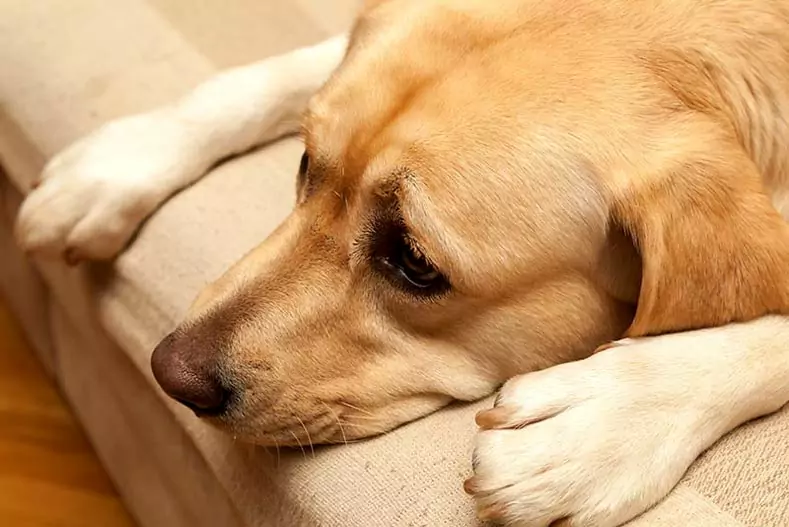
Why does my dog keep coughing?

How many months is a dog pregnant? Signs and Phenomena of Dog Pregnancy

How do dogs grow fleas? Ways to get rid of fleas on dogs

Can dogs get diabetes?
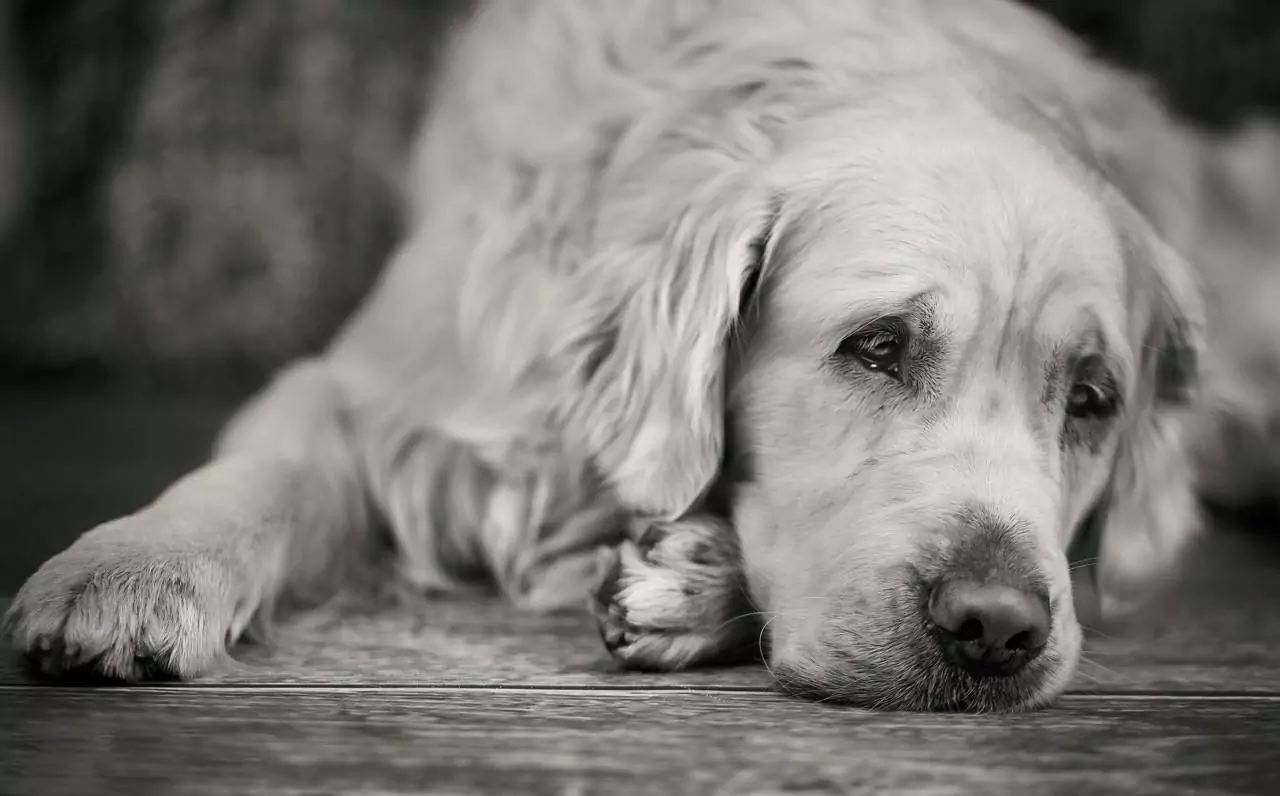
Can dogs be depressed?
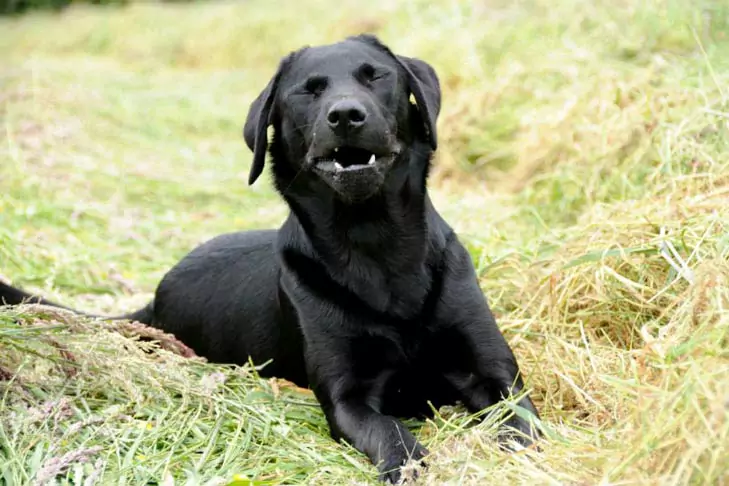
Why does my dog keep sneezing? Causes of Sneezing in Dogs

Can dogs catch a cold? Cold and Flu Symptoms in Dogs
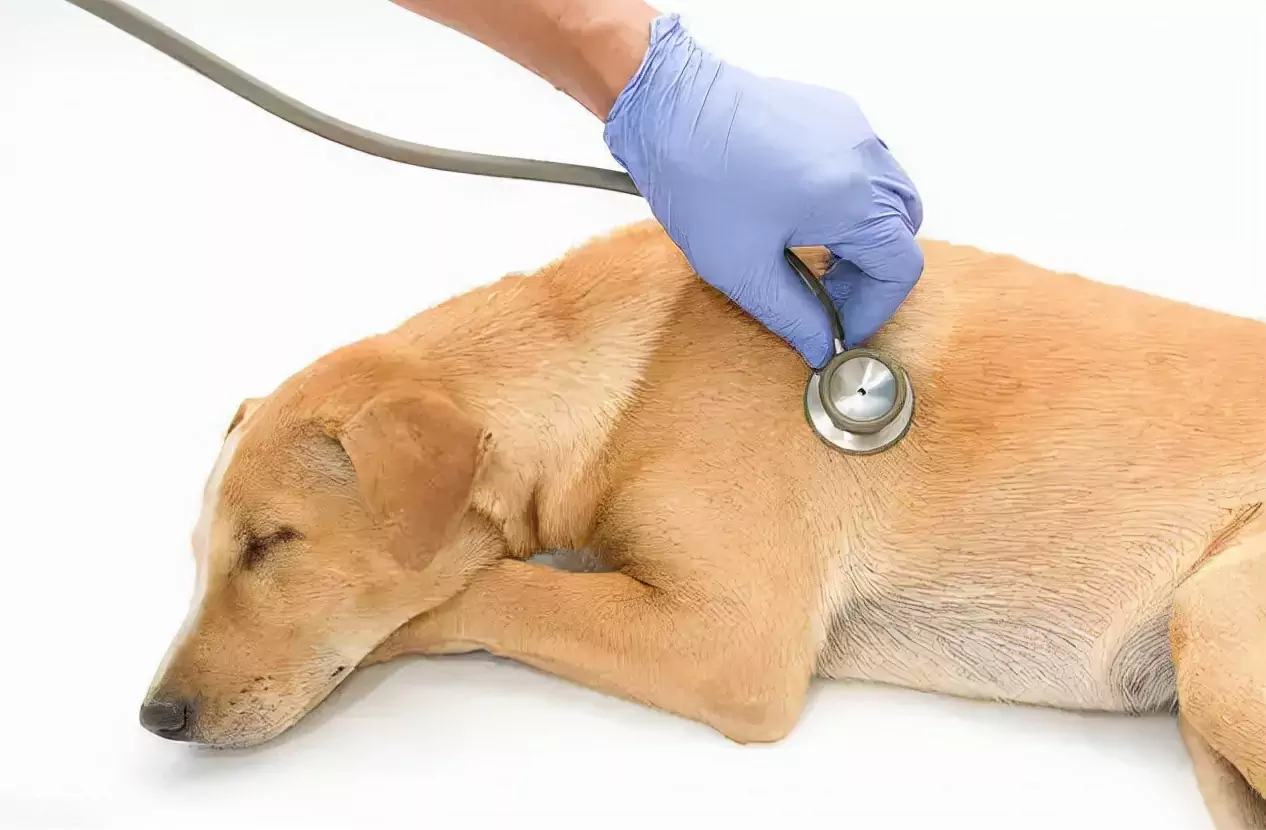
What causes heart disease in dogs
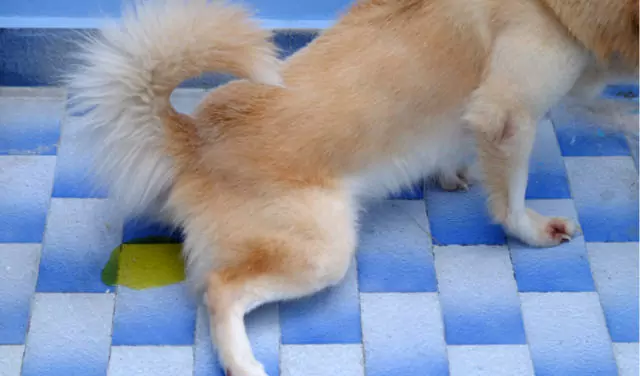
Can dogs get urinary tract infections?





